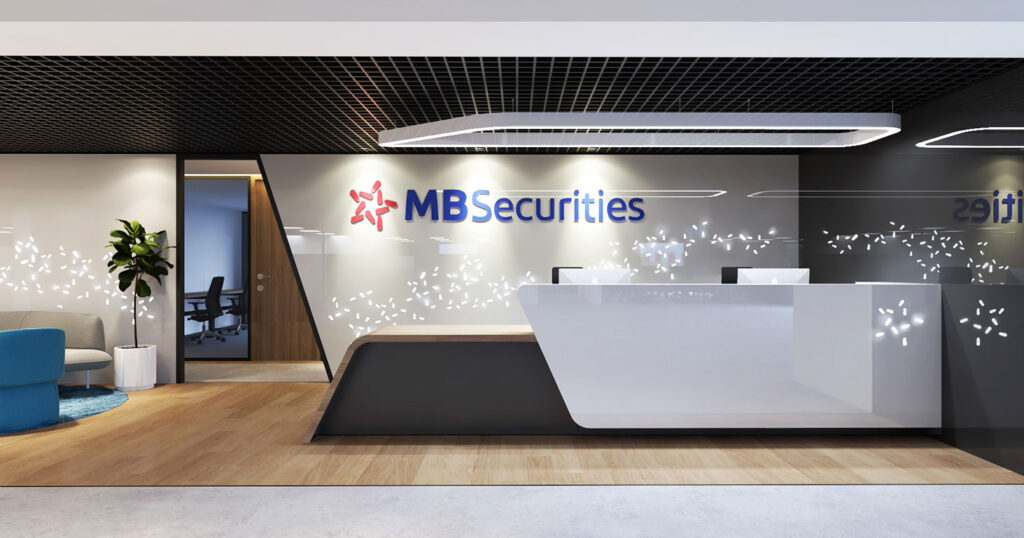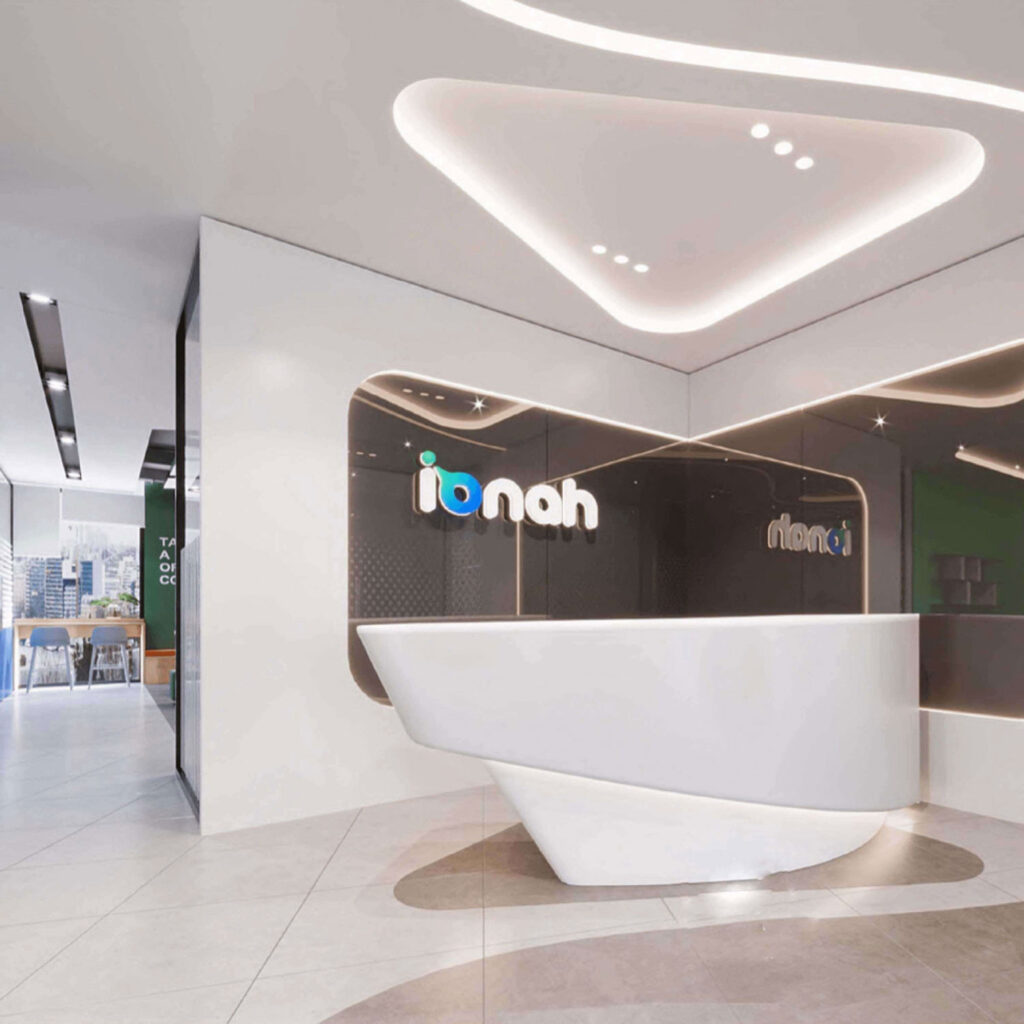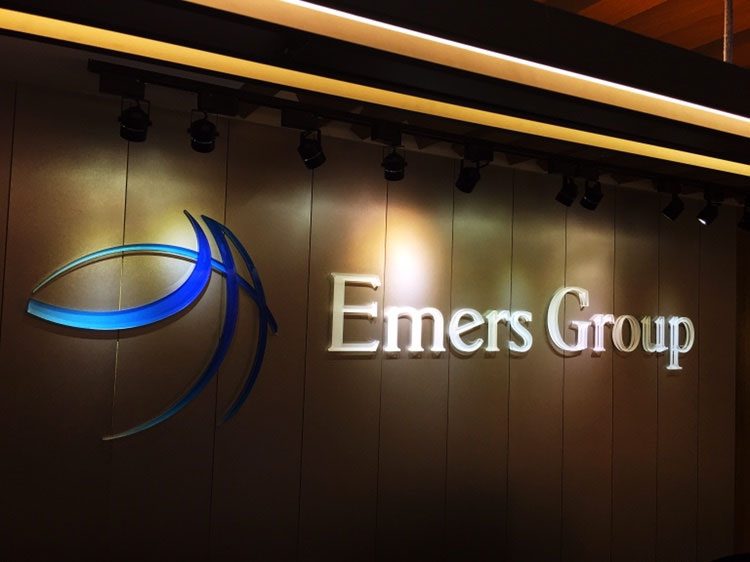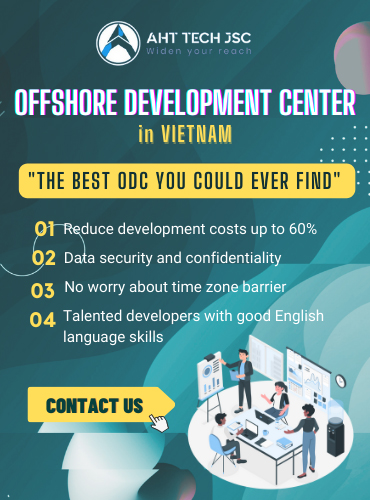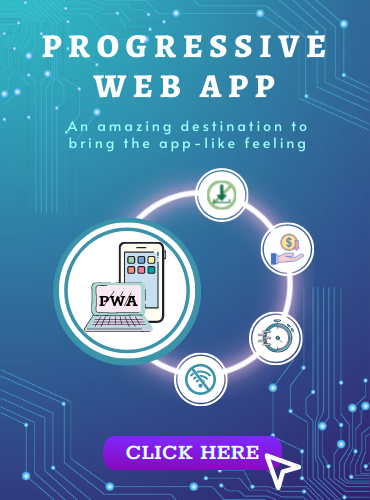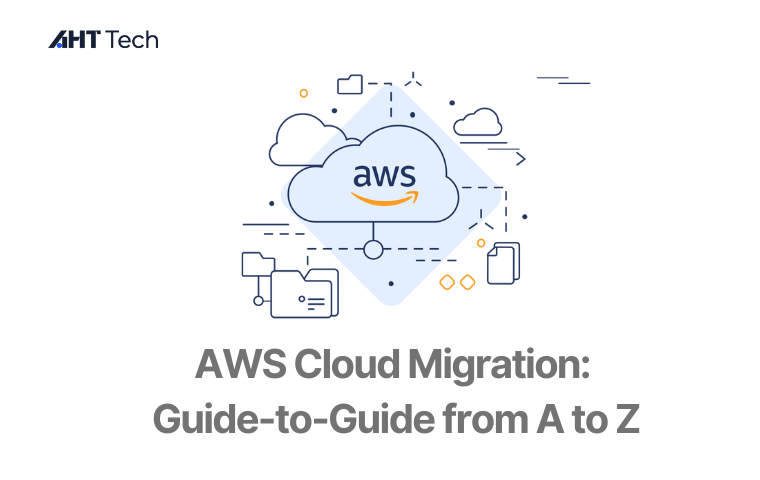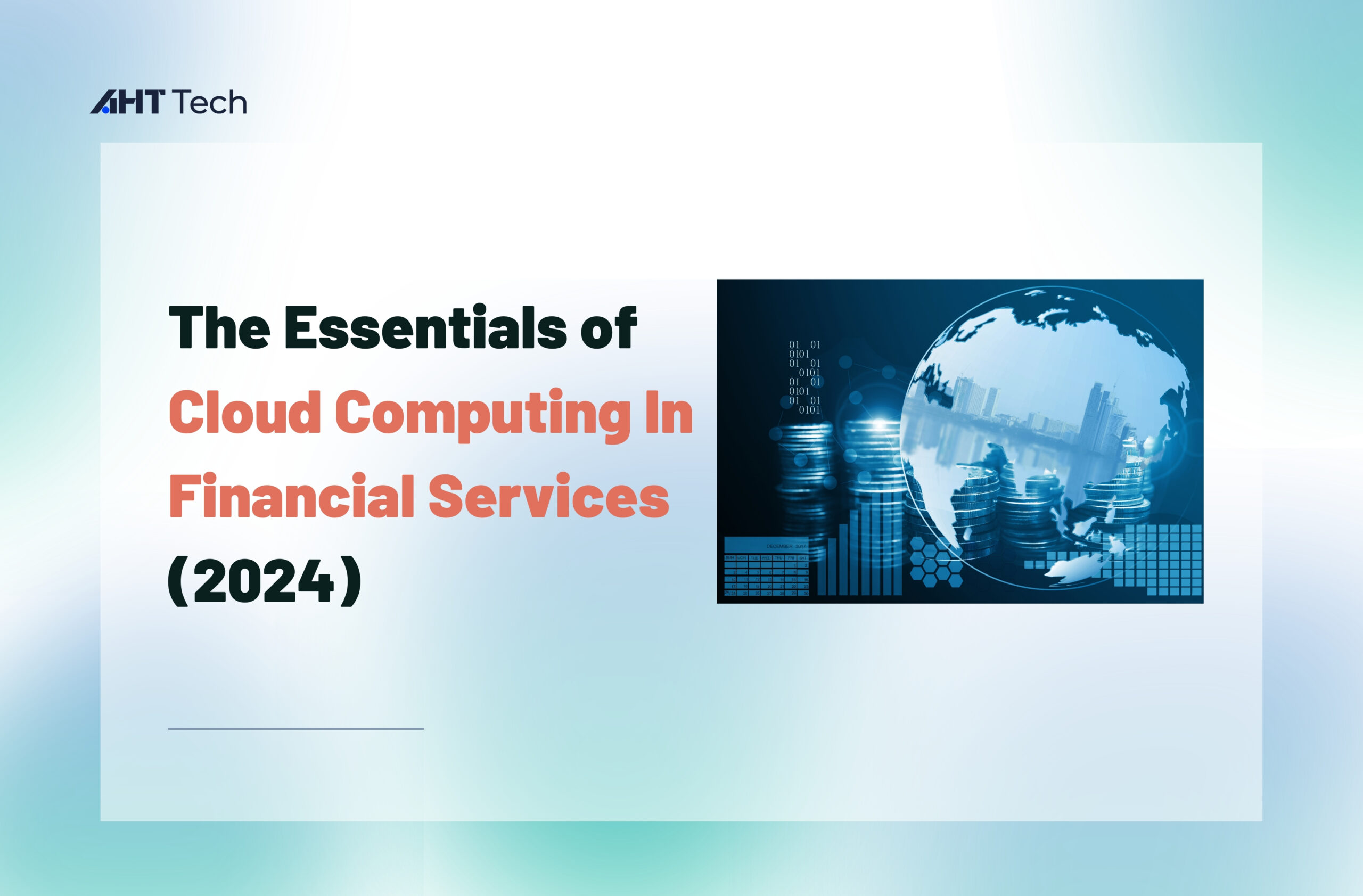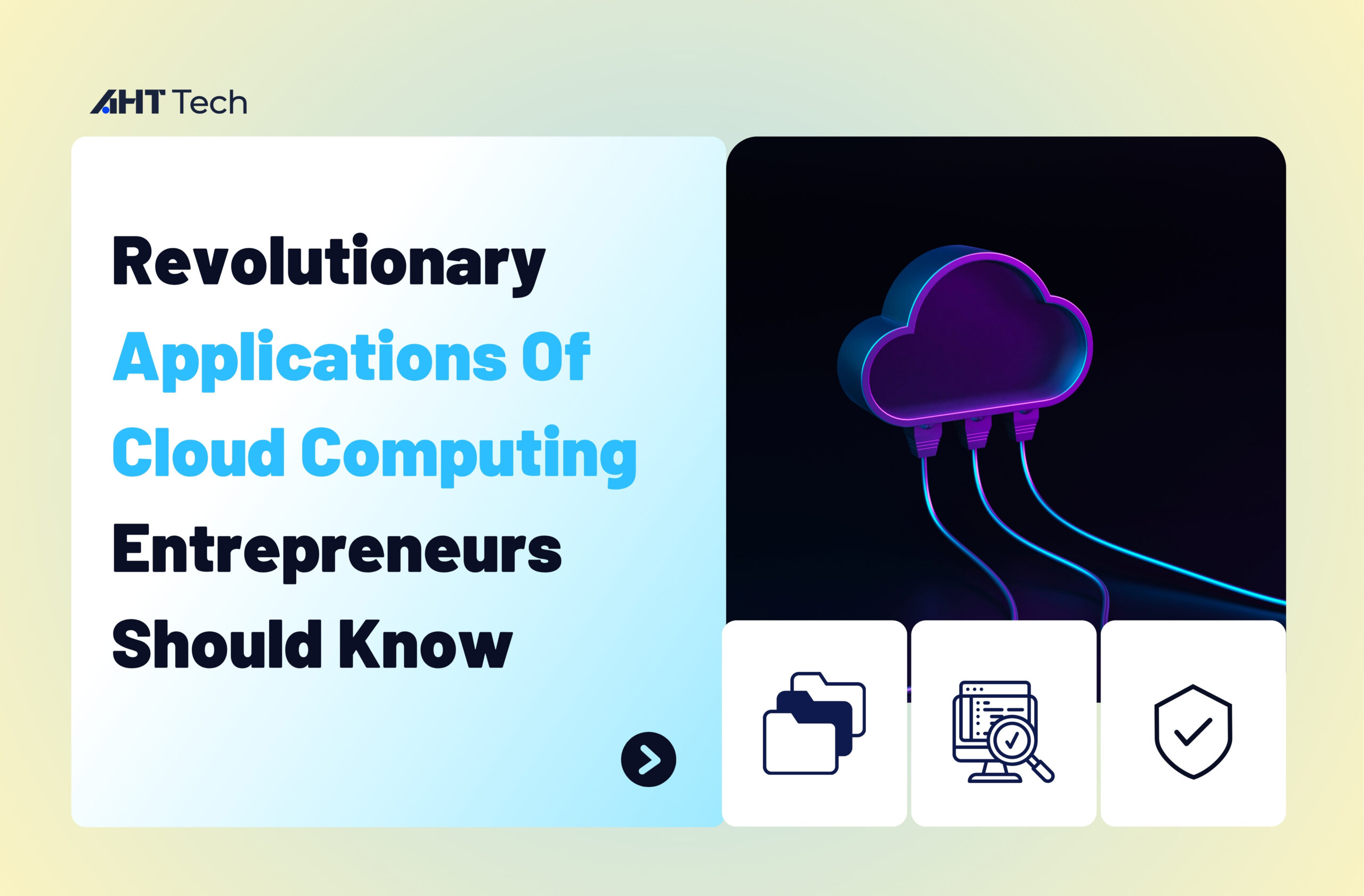In the first few months of 2023, businesses have to deal with unpredictable adjustments to sales and marketing strategies. Many sales and marketing initiatives have been disrupted. Because trade exhibitions, events, as well as in sales meetings have been canceled. Even as we adjust to our new normal, one place is seeing a significant increase in traffic: eCommerce websites. Therefore, consumers are turning to online shopping to buy necessities and other things that aren’t available at closed stores. If you don’t have an eCommerce store. So now is the best moment to start. But in case, you have already had an eCommerce store, make sure you will have the best preparation to open an online store. Therefore, in this blog, AHT Tech will mention Ecommerce technology: Trends and top programming languages and frameworks used in ecommerce projects in 2023. So now keep ready, we will start right now!

Ecommerce technology trends used in ecommerce projects in
Mobile commerce
This is one of the most popular trend when we mention to Ecommerce technology trends in 2023. In 2023, global mobile retail revenue is predicted to increase to $3.57 trillion from $2.91 trillion in 2020. Given that 125 million Americans own and use smartphones, this is unsurprising. More importantly. consumers use mobile to study things they are considering buying, not simply to make purchases.
Furthermore, just because a website is mobile-friendly does not indicate a company is ready to flourish in mobile commerce. However, only 12% of consumers found mobile commerce convenient, indicating that it is still more developed.
eWallet
eWallet is also one of the common trend in the list of Ecommerce technology trends. Allowing your clients to use eWallet capability is also known as mobile wallet. The digital payments made up $3.04 trillion USD in 2017. However, they are expected to grow to 6.6 trillion USD in , more than double within just four years.
EWallet usage gives clients with simplicity of use and greater security. In addition, it also increases sales and conversion rates for merchants. Customers don’t need to type credit card information on websites or hand over their cards to cashiers. Furthermore, many eWallets offer or require dual authentication before usage.

eCommerce subscription
Subscriptions are becoming one of the popular Ecommerce technology trends to purchase products and services online. The eCommerce subscription business is expected to increase by 68% by 2025, reaching $478.2 billion in sales. Moreover, according to the Subscription Economy Index, subscription services have grown by 403% in the last eight years.
Replenishment (automated purchases), curation (custom experiences), and access (offers lower prices or members-only perks) are the mainly three types of eCommerce membership services. For the best results, put your subscription model in one of these 3 types.
Customization
Demanding personalized items are increasing. Therefore, we should not miss Customization in this list of Ecommerce technology trends. Because of advancements in digital and manufacturing technologies, businesses can now provide consumers with personalization or customize the products they desire online. Therefore, brands can boost the user experience, which leads to increased customer satisfaction and loyalty, as well as higher revenues.
Personalized product recommendations.
You can boost the chance for making a purchase by personalizing product recommendations to their preferences and interests. According to Marketers, 92% of their consumers and prospects want personalized experiences. After customizing the buying experience for customers, 97% of marketers report seeing a strong influence on their brand.
Therefore, you have to use the information of users’ previous behavior purchases and on-site searches to provide customized product recommendations.
Augmented and virtual reality
Customers can’t try on or explore items before buying them. Therefore, it is one of eCommerce retailers’ major issues. However, Augmented reality (AR) and virtual reality (VR) will help them solve this. Customers may virtually test on items, position furniture in rooms of their houses, and more using AR and VR. That is the reason why we have to consider AR and VR as the popular Ecommerce technology trends.
The increased popularity of this technology is due to the personalized and interactive online purchasing experience. By 2023, augmented reality is expected to have 2.4 billion users.
CRM integration
CRM integration is the next trend we want to recommend you in the CRM integration list. Customers connect with online retailers via a range of countries, including online marketplaces, eCommerce websites, chatbots, email, and social media. However, we can use all of them to provide the best customer experience.
CRM eCommerce integration offers a centralized location for customer data. So you can use it to improve marketing effectiveness, also a better customer experience. Data from sales can also help with inventory planning and forecasting. By boosting order fulfillment and timely communication, automated, synced data improves general business efficiency.
Besides built-in integrations and integrated eCommerce CRM systems, online shops frequently use native integrations to integrate their eCommerce tool not only to CRMs. Not only that, it also integrates with all the channels and systems that collect customer data.

The top eCommerce platform – Magento
Magento is the most popular eCommerce platform in the world with over 250,000 businesses. Therefore, this is one of the Ecommerce technology trends in 2023. Its users are usually online retailers with a large volume of goods and the good financial resources.
Shopify, Yo!Kart, BigCommerce, VTEX, WooCommerce, and Tictail are some of the key competitors of Magento. However, some of them are better to meet the demands of smaller eCommerce shops.
Useful information
Useful and relevant content attracts potential customers, drives them to purchase opportunities, and increases conversion rates. There are various types of content that perfectly match. For example, interaction, lifestyle telling, stance-taking, and email.
We can use Storytelling and creating unforgettable experiences as the most effective content. It’s also important to make sure that any offers, adverts, or promotions are different with each customer’s preferences
Using PWAs
Progressive Web Apps (PWAs) are websites that can be viewed directly from a browser. Moreover, it offers many of the same features as a native app. Those apps are not available for downloading from an app store.
PWAs can support customers in completing tasks fast. Additionally, websites are optimized for users to obtain informational content. They offer quick and reliable features and functionalities. Therefore, you can increase your customers’ purchasing experience. After all, this is one of the Ecommerce technology trends you should consider for your business.
Driving traffic via Social media
Ecommerce businesses can sell directly from their social media. Therefore, Driving traffic via Social media is one of the Ecommerce technology trends you should take a look at. This will increase sales. Consumers are led to a product page where they may buy products with a simple click on a product link within a social post.
Therefore, social commerce sales are predicted to reach more than 80 billion USD in revenue by 2024.
Cognitive supply chain management
Cognitive supply chains are self-learning, predictive, adaptable, and intelligent distribution and inventory management systems. As a result, they lead to better, more individualized customer service and lower inventory levels. Additionally, these technologies help reduce risk, enhance insight and performance, and boost clarity.
Using product videos
Product videos on eCommerce sites can boost sales and help customers know what they’re buying. According to 94% of video marketers, video helps customers know their brand’s products. Moreover, with 78% claiming that video directly boosts sales.
When people view a video relating to a product, they have more trust in it. So if you can done well, product video can both inform and motivate customers to buy. Another advantage is that they are easily shared on social media.
Gamification
For some people, purchasing online lacks the engaging experience of shopping in a store. Therefore, gamification will make online buying more enjoyable. Because it allows customers to behave in a specific way in exchange for more incentives. Promotional contests, spin-to-win possibilities, and tiered VIP loyalty programs are 3 main gamification approaches.
Chatbots
A chatbot is a computer program that acts as if it is having a human conversation. It communicates with clients in real time and can handle their problems across numerous platforms within 24/7.
Artificial intelligence is used by chatbots to determine customer preferences. And then it can provide a personalized online purchasing experience. This kind of Ecommerce technology trend is more and more popular. According to Business Insider, consumer retail spending via chatbots will reach $142 billion USD by 2024.
Voice searching
Users of technology devices like the Amazon Echo, are becoming more comfortable speaking their requests. Nearly 1/3 Internet users have used voice searching to shop or look up product information. Therefore, voice shopping is expected to reach $40 billion by 2022.
Voice searching is one of the best Ecommerce technology trends to boost SEO. Therefore, it can increase brand recognition with informational skills and activities, including product-feature and review videos. Finally, it is also successful in offering a superior customer experience.

Top programming languages and frameworks used in ecommerce projects in
For constructing E-Commerce sites, software developers use a variety of programming languages, frameworks, and tech stacks. Let’s take a look at a few that are particularly suited to E-Commerce development.
Front-End Development Tools
Front-end development tools are used to create the elements of an E-Commerce site. Therefore, it allows users to view and manage in their browser. Front-end tools are used to create everything that a user sees when they visit a website or use an app.
JavaScript
The most common front-end programming language for adding interactivity to static HTML pages is Javascript. Software developers can use Javascript to:
- Verify user information on the client side. Therefore, it help to faster page loads and reduce server traffic
- Create sites provide quick feedback to users. So it reduce the reload the page
- Design dynamic user interfaces that react to their actions on a website
- Drag-and-drop elements, sliders, carousels, and more can be added.
JavaScript development services are required for everyone who wants to create an Ecommerce website. Because they provide the foundation for front-end web development. This programming language is used by the majority of front-end frameworks.
RELATED >>
Remote Front-end Developer: Effective ways to evaluate and hire them for your business
Frontend JavaScript framework: what is it, benefits and top 10 best ones in 2020
Vue JS
Vue.js is the progressive open-source JavaScript framework for creating web UI and single-page applications. Moreover, the lightweight Ecommerce sites benefit from Vue JS development services.
Vue.js is preferred by many software developers over other JavaScript frameworks. Because it is extremely flexible and simple to understand for React and Angular developers. This framework is easy because it does not require long code lines. Furthermore, it can be simply integrated with other frameworks. Additionally, it is highly configurable to meet the individual needs, also has clear documentation, a large following.
Node JS
Node.js is an open-source run – time environment for creating JavaScript front-end and back-end solutions.
The following are some of the benefits of Node JS development for Ecommerce solutions:
- Scaling: Node.js makes it simple to scale apps horizontally and vertically. When the project develops, software engineers can add new machines to the pool of website resources or improve the capacity of current hardware by increasing CPU or RAM power.
- Simplicity: For those who are already familiar with JavaScript, Node.js is simple to learn.
- Fullstack JS: Node.js is a full-stack solution that uses JavaScript to execute. It indicates that software developers may create a full-fledged program or website using only JavaScript.
- Excellent performance: JavaScript can be compiled directly into machine code with Node.js. So it makes it easier to implement. It also enables non-blocking I/O operations, which speed up code execution by processing concurrent requests.
- A huge community: If software professionals have any questions about Node.js, they can always ask their colleagues. Besides that, they can use GitHub to get ready-made answers and code. All of these help to improve software development.
Angular JS
Angular is a front-end framework. It allows you to create dynamic web, mobile, and desktop applications. It’s a reliable and comprehensive Google-developed and maintained service. When it comes to developing E-Commerce websites, many businesses prefer Angular.js development services. Angular is great because it includes:
- Two-way data binding: Data binding in both directions. It assists in the reduction of development time and removes the need for additional code to accomplish View and Model synchronization.
- Directives: With HTML extensions and the DOM structure, directives assist software developers in creating dynamic and rich content.
- Injections of dependencies: They make it easier to manage, test, and reuse code components. As a result, it speeds up software development and reduces code errors.
- There is a large community: Angular has a large and active community that can be found on a variety of sites. Thanks to the community, software engineers can find a variety of training resources, helpful tools, and solutions to any development challenges.
React JS
One of the most popular JavaScript frameworks for creating dynamic elements on webpages is React.js. It’s commonly used for software development. Furthermore, many significant businesses use React JS development services for their ecommerce sites like Walmart, Tesla Motors, Shopping.com, Hayneedle.com, and others.
React JS is used by a large number of web developers for the following reasons:
- Simple to understand and implement: For people who want to learn how to use React, there are numerous documents and tutorials available. Furthermore, React has a short learning curve. And with a software developer who has learned JavaScript, mastering React takes only a few days.
- Components that can be reused: React is fantastic. Because it allows developers to reuse previously developed code components. Moreover, it greatly simplifies and improves software development while also ensuring that React-based projects are visually consistent.
- JSX: The JSX language is a hybrid of HTML and JavaScript. It aids in the creation of cleaner, shorter code that is well-defended against hacker attacks.
- The virtual DOM: It is important to consider the structure of the future website and web apps. The virtual DOM enables software developers to store new features in DOM memory. After that, they can apply them to the real DOM in the most efficient way possible. As a result, update times are reduced and app performance is improved.
Back-End Development Tools
Order tracking, shopping cart products, catalog products, SEO setting, website page changing, payments, user registration, and much more are all handled by back-end programming tools.
RELATED >>
The most common web back-end development tools are listed below.
PHP
PHP is a back-end programming language. It is commonly used in web app development. It’s a free and open-source scripting language that can be used for anything. For a variety of reasons, PHP coding is suitable for e-commerce:
- It is cost-effective: Because it is open-source. So it is free. Furthermore, because PHP is so widely used, PHP programming services will be inexpensive.
- Compatible: Most common platforms, including macOS, Linux, Microsoft, and even UNIX, can run PHP. It also connects with a variety of databases, such as MySQL, MongoDB, Oracle, PostgreSQL, and others.
- Scalable: The PHP provides a lot of tools for creating a functional E-Commerce site architecture. Because software developers can apply a variety of functions and cloud computing infrastructure.
- A variety of frameworks: Many frameworks for PHP help to speed up software development. Therefore, it makes it more consistent, less bug-prone. CakePHP, Zend, Symphony, LaravelPHP, Codeigniter, and many other PHP frameworks are well-known.

C#
C# is a general-purpose programming language. You can use it to create a wide range of software applications like Ecommerce applications. Microsoft created this language as part of the .NET Framework Development Services
Many functionalities in C# support software developers in creating strong, safe, and effective apps. It has a simple syntax. Besides that, it can operate with various programming languages on the.NET platform. Furthermore, it has other important features such as code error handling.
C# has its own web framework – ASP.NET for creating web applications. Moreover, many sites such as Microsoft, Dell, WildTangent, TacoBell, and others, were constructed using the ASP.NET framework.
Java
Java is a general-purpose object-oriented programming language. Many developers like Java. Because it can work on most platforms. Therefore, it is important to consider Java application development. It also is strong and safe, and makes sure that its apps run at a high speed.
For different development goals, Java includes a number of frameworks. Meanwhile, Spring is the most popular. Software developers can use Spring to build powerful and complicated E-Commerce sites.
Spring
Spring is a Java framework. It is simple and quick to create safe and efficient software apps. Spring is a collection of frameworks that have been grouped together under the Spring umbrella.
It contains a specific Spring WEB framework for constructing E-Commerce sites, which has a well-designed MVC web development pattern. Spring also comes with a number of out-of-the-box solutions. Therefore, it is a versatile, productive, fast, and helpful framework for E-Commerce development. Spring allows framework software developers to create any app, regardless of its complexity.
Groovy on Grails
Groovy is an object-oriented programming language for Java. It gives Java more flexibility. Besides that, it allows developers to develop apps with unique features, whether they are created from scratch or are previously built. Groovy is a programming language that may be used to create web applications. It supports the development of apps that execute on the Java Virtual Machine (JVM).
Grails is a web development framework that works on the Groovy programming language. It takes a radically different approach to development than other frameworks.
It doesn’t use XML setups. Therefore, it saves time for configuring essential framework functionalities. The Grails prepare their applications on their own. Because Grails runs on the JVM. So it may be used with Java libraries and frameworks.
Python
Python is a simple and quick-to-learn interpreted object-oriented programming language. It has code modularity. And it allows for many reuses during the development process. Python is one of the most popular and studied programming languages for all of these reasons.
Python is the best choice for developing e-commerce websites. For constructing E-Commerce applications, many software developers use Python and the Django framework. There are several causes for this:
- Fast: Django and Python offer a set of tools to software developers. Thanks to that, they can speed up their development process.
- Secure: Host header validation, CSRF, SQL injections, XSS, and other hacker threats are all prevented by Django’s security features.
- There are a lot of add-ons: The Django framework is compatible with a huge variety of modules and add-ons. So it can dramatically increase project functionality but also speed up development.
- Simple: Python and the Django framework are easy to use. As a result, many developers begin their projects with Python. Moreover, the Python community is large. So developers can discover numerous ready-made Python solutions online.
READ FURTHER >>
The differences between front end, full stack and backend development
Main Factors in Choosing E-Commerce Technology
Among the sea of programming languages, frameworks, and tools available, business owners can find it is so difficult to choose. Therefore, to make the process easier, AHT Tech has already listed the necessary things when building an Ecommerce development stack.
Begin with the existing technology stack.
In case you aren’t sure which technologies and tools to use when you are constructing an Ecommerce solution for the first time. So let’s start with the most popular ones. The most reliable, safe, and stable solutions have already been developed. So there’s no need to start from scratch with your tech stack. You can consider the following tech stacks:
- LAMP is one of the quickest web development tech stacks. It stands for Linux, Apache, MySQL, PHP. However, they aren’t scalable and may slow down your E-Commerce project’s growth. This is a good answer for a rapid start. But it might not be the greatest for the long run.
- MongoDB, Express, Angular, and Node.js make up MEAN. This tech stack is ideal for E-Commerce development and is commonly used to create online storefronts.
- Another popular software stack for E-Commerce development is Python and Django. Most of all, it ensures that the backend is secure. In most cases, software developers utilize Apache as a web server and MySQL or PostgreSQL for database management.
- .NET is a Microsoft stack. It includes the Windows operating system, the ASP.NET framework, any database, the Microsoft SQL web server, and the programming languages C# and JavaScript.
Define the specifics of your project
Each project has its specific demands, resources, and requirements. As a result, decide which features you want to see on your E-Commerce site and budget for them.
Consider the duration of the project
In Ecommerce, time to market is one of the important parts. The more consumers you can attract and the more successful your business will be, the sooner you can reach the market. As a result, deciding on a period of time and deadlines. Besides that, you should determine whether or not to start with the LAMP tech stack, and how many developers you need to include in your project.
Scalability
Scalability is the second most necessary feature in E-Commerce. You must consider the future development of your project. Because it will decide the future tech stack and resources required to support the project.
IT professionals are available on the market
Product quality and project costs are determined by talent. It is easier to develop and find expertise when technology becomes more widely used. However, there aren’t enough talents in your area to meet specific needs, or the expenses cost for hiring.
There is always a solution, such as looking beyond the available market or changing to outsourcing software development. Thanks to that, you can access a larger number of professionals with vast experience. Furthermore, outsourcing software development is usually a less expensive option than developing your Ecommerce solution in-house.
Conclusion about Ecommerce technology
Above all, AHT Tech have already given you useful information about Ecommerce technology trends and top programming languages and frameworks used in ecommerce projects in 2023. We believe that now you will have a smart decision for your business. However, that is not enough for you. Because there is a lot of knowledge you should consider. Therefore, let’s find out more information at HERE.
More importantly, AHT Tech is one of the leading IT companies in VietNam. Therefore, AHT Tech can give you great solutions for all your problems whether Ecommerce Solution, Salesforce Solution or Odoo ERP Solution.
